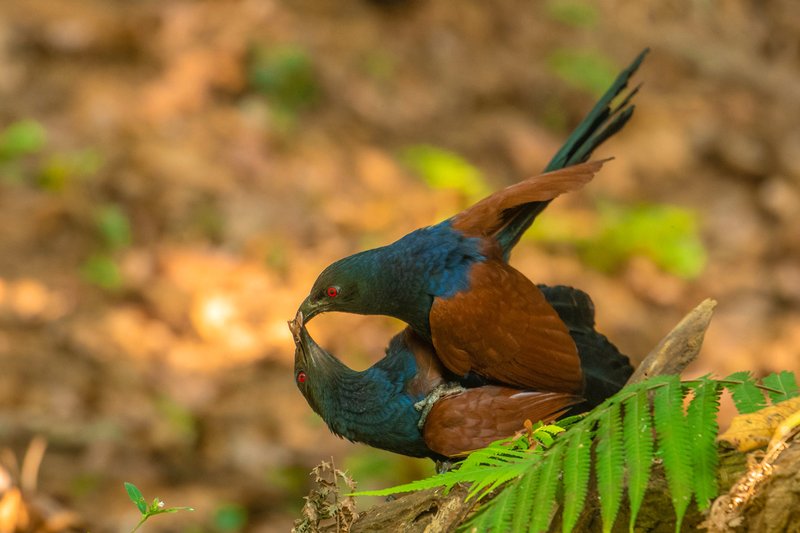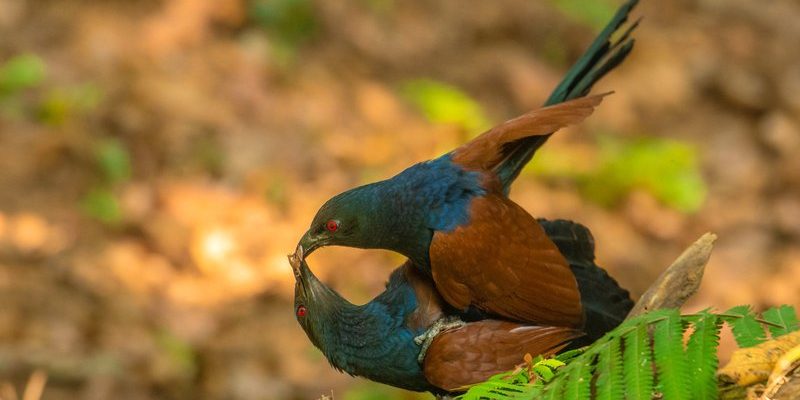
Imagine a colorful little bird, bursting with personality, showing off its vibrant feathers and melodious tunes. That’s a canary for you! This small songbird, known for its singing abilities and bright colors, captivates not only bird lovers but anyone interested in nature’s wonders. In this exploration, let’s dive deep into the enchanting world of canary courtship and mating rituals—how they court, the signs of affection, and what it all means in the grand scheme of bird life.
The Dance of Attraction: How Canaries Court Each Other
When male canaries decide it’s time to find a mate, they start to put on quite a show. This is no ordinary courtship; it’s a vibrant display filled with singing, posturing, and even a bit of dancing. Male canaries, often more colorful than their female counterparts, will puff out their chests and sing their hearts out. The songs vary; some can be sweet and melodic, while others are more complex and lively.
Why do they sing? Well, it’s all about attracting attention! A canary’s song is its way of saying, “Hey there! Look at me! I’m healthy and ready to find a partner.” The quality of their song can indicate their fitness, meaning a strong singer is likely to be a good mate. Can you imagine if dating were like that? Singing your best riffs to impress a crush!
During this stage, there’s also a lot of movement involved. Males will hop around, sometimes flapping their wings, trying to catch the eye of a female. They might even engage in a little dance—a combination of hops and flutters—that adds flair to their serenade. This ritual is a crucial part of canary courtship, where body language speaks volumes.
Why Song Matters: The Science Behind Canary Singing
Now, you might wonder, why all this fuss about singing? Well, it’s more than just a pretty sound. Bird songs, including those of canaries, are intricate communications that convey a lot of information. For one, they help establish territory. A male canary’s song will warn other males to stay away from his space while attracting females to come closer.
Moreover, the complexity of a canary’s song can indicate its age and health. Older males typically have more elaborate songs, aging gracefully like a fine wine. When a female hears a robust song, she knows the male is likely fit, healthy, and able to provide for her and their potential offspring.
Interestingly, female canaries also have preferences when it comes to songs. Research suggests that females might even favor males with certain singing styles. So, if you’re a male canary, you better work on those vocal skills!
Building a Nest: Preparing for the Next Chapter
Once a male and female canary have paired up, the next step is nest building. This is where the magic of teamwork begins. Female canaries take the lead in creating a comfortable environment for their impending family. They’ll gather materials like dried grass, feathers, and even bits of yarn or paper—whatever they can find to make their nest cozy.
This process is not just about aesthetics; it’s practical too. A well-constructed nest ensures that the eggs stay warm and safe. The female will often choose a secluded spot, making the nest a perfect little haven for their future chicks.
During this stage, the male canary doesn’t sit idly by. He provides moral support, singing beautiful songs nearby to encourage the female as she works diligently. It’s a division of labor that speaks volumes about their partnership. Who knew canaries were such great team players?
The Mating Moment: What Happens Next
Once their nest is ready, it’s time for the mating ritual to take place. This is often a quick but significant moment. Mating in canaries is characterized by a series of brief copulatory displays, where the male climbs onto the female’s back and performs a series of hops. This action isn’t just practical; it’s part of their courtship dance, showcasing their bond.
After mating, females typically lay a clutch of eggs—usually 3 to 6, depending on their age and health. It’s fascinating to think about how this process is the culmination of all their earlier behaviors, from courtship to nest building.
Throughout the incubation period, both parents play roles, although the female primarily sits on the eggs while the male guards the nest and brings her food. This cooperative effort helps ensure that their chicks have the best chance of survival once they hatch.
Parental Care: Raising the Next Generation
Once the eggs hatch, the real work begins. Canaries are attentive parents. The parents work together to provide for their young, feeding them a diet of seeds and soft foods. You can imagine how busy things can get; those little chicks are always hungry!
The male will continue to protect the territory, while the female nourishes the fledglings. As they grow, you’ll see the chicks learning to call out for food, their little voices adding to the lively atmosphere of the nest. It’s an adorable sight that emphasizes the importance of both parents in the nurturing process.
Once the chicks are old enough to leave the nest, they start to venture out and explore their surroundings. The parenting doesn’t stop there; they continue to guide and protect their young until they are fully independent. The commitment shown by canaries is a wonderful example of dedication in the avian world.
Why Understanding Canary Courtship Matters
So, why should we care about the courtship and mating rituals of canaries? Well, it offers insights into their behavior, ecology, and the overall health of their populations. Understanding how these rituals work can shed light on environmental conditions, breeding success, and even the impacts of habitat loss.
Plus, appreciating these rituals adds a layer of joy to birdwatching. Whether you’re an avid bird lover or just someone curious about nature, witnessing the courtship of canaries can deepen your understanding of life and relationships in the natural world.
In conclusion, the courtship and mating rituals of canaries are a beautiful blend of song, dance, teamwork, and care. From the first sweet notes sung to the tender raising of their young, every aspect of their behavior reminds us of the intricate web of life. So, next time you hear a canary singing, take a moment to appreciate the rich story behind those lovely tunes.

